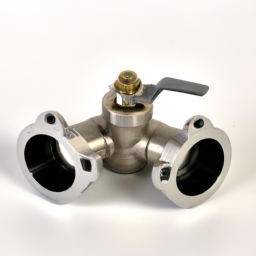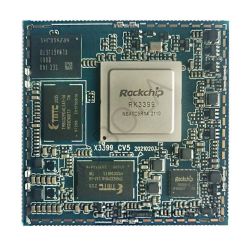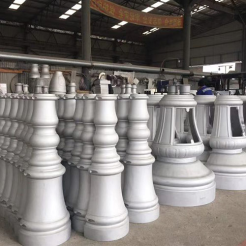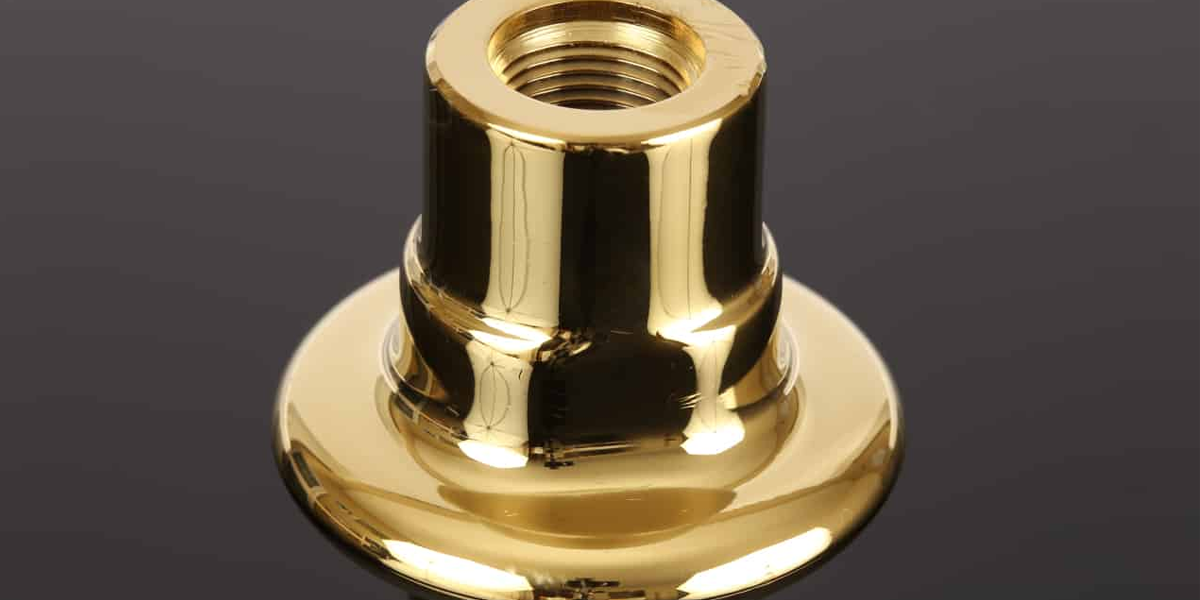Surface Finishing Process
Surface Finishing Process
Product Description
The surface finishing process is a crucial step in manufacturing various products, especially metals like stainless steel, aluminum, and titanium. It involves modifying the surface of a material to achieve specific aesthetic, functional, or performance-enhancing characteristics. This process encompasses a range of techniques aimed at improving the surface quality, appearance, and properties of the final product. Some common surface finishing methods include:
-
Grinding and Polishing: This involves the use of abrasive materials to remove surface irregularities and achieve a smooth, polished finish. It's commonly used for metals like stainless steel to enhance their visual appeal and corrosion resistance.
-
Buffing: Buffing utilizes polishing compounds and rotating buffing wheels to impart a high-gloss shine to metal surfaces. It's often employed to create a mirror-like finish on products such as automotive parts, jewelry, and household fixtures.
-
Electroplating: Electroplating involves depositing a thin layer of metal onto a substrate through an electrochemical process. This technique enhances surface hardness, corrosion resistance, and aesthetic appearance. Commonly electroplated metals include chrome, nickel, and copper.
-
Anodizing: Anodizing is a process used primarily on aluminum to create a durable, corrosion-resistant surface layer. It involves immersing the metal in an electrolyte solution and passing an electric current through it to form an oxide layer. Anodized aluminum is widely used in architectural, automotive, and aerospace applications.
-
Powder Coating: Powder coating involves applying a dry powder to a substrate and then curing it under heat to form a durable, protective coating. This process offers excellent corrosion resistance, color variety, and environmental benefits compared to traditional liquid coatings.
-
Passivation: Passivation is a chemical process used to remove free iron and other contaminants from the surface of stainless steel. It enhances the material's corrosion resistance by promoting the formation of a passive oxide layer.
-
Laser Etching and Engraving: Laser etching and engraving are precision techniques used to create detailed designs, logos, or text on metal surfaces. These processes offer high accuracy, repeatability, and customization options for branding and identification purposes.
-
Shot Peening: Shot peening involves bombarding a metal surface with small spherical particles (shot) to induce compressive stress and improve fatigue strength. It's commonly used in aerospace, automotive, and manufacturing industries to enhance component longevity and performance.








